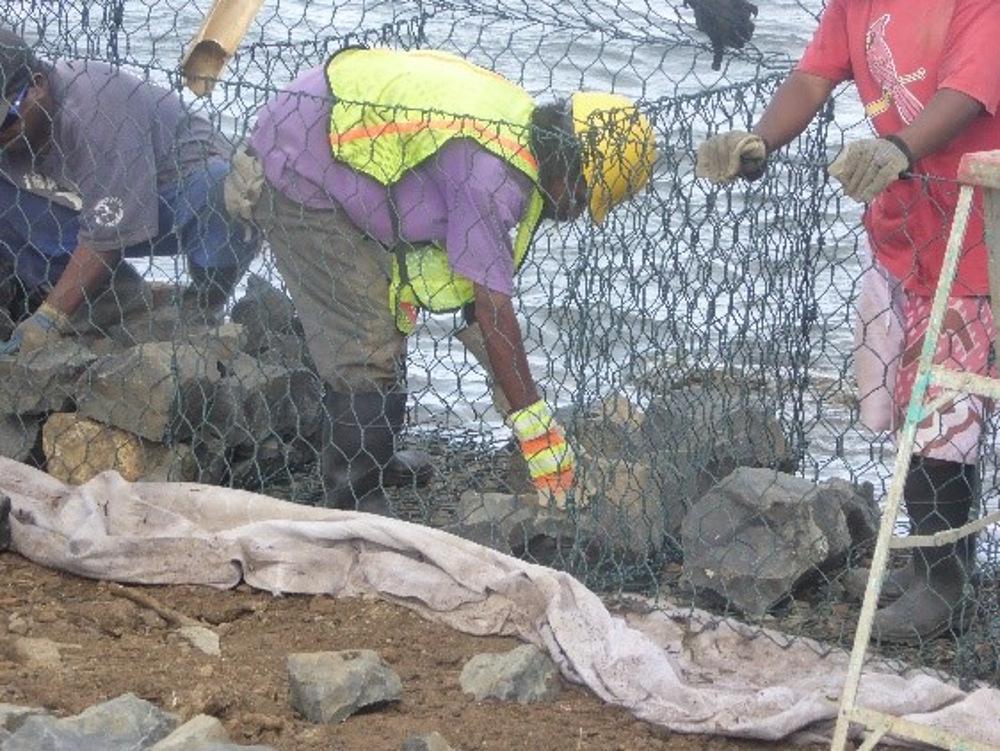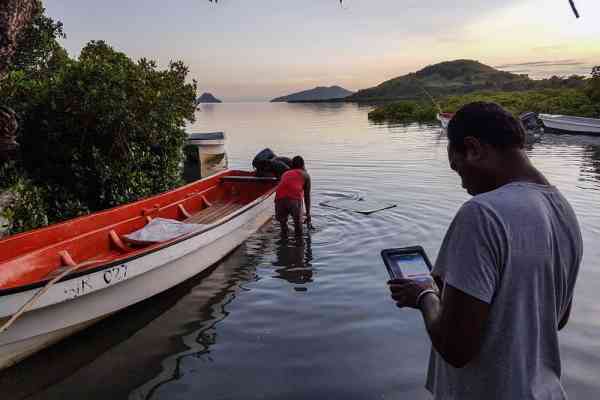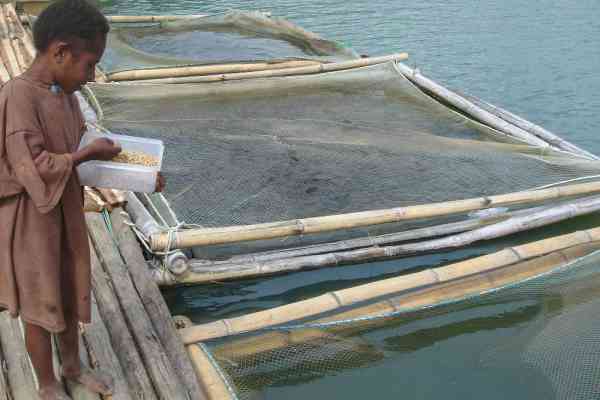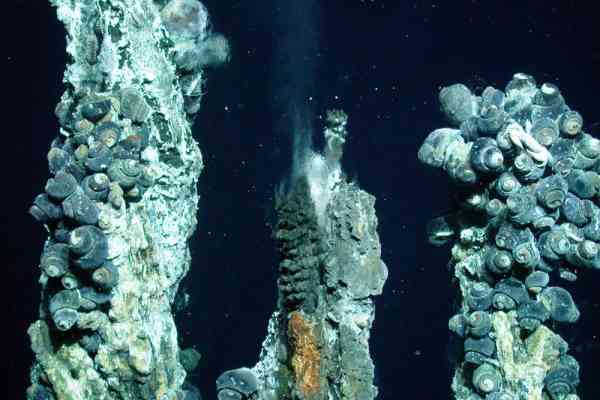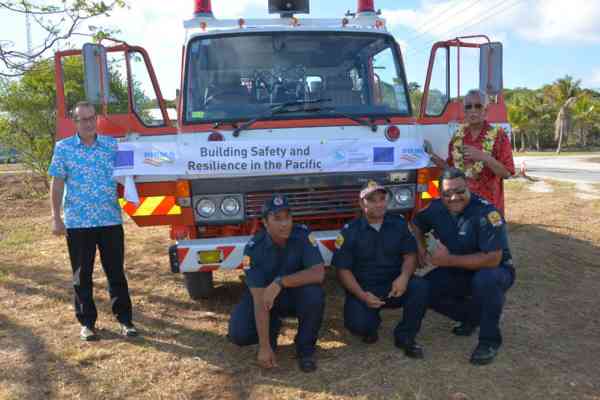When the people of Awak in the Federated States of Micronesia found their school was under threat from rising sea levels, they made it a priority to solve the problem
Awak Elementary School provides education for six villages, serving a total population of around 1100 people. Its three concrete buildings are built on reclaimed land on the lagoon side of Awak. They are exposed to the ocean, with one classroom less than two metres from the incomplete sea wall.
The risk of further erosion was high, so community members listed the school in U Municipality as one of their most vulnerable sites needing protection.
It was decided to build a gabion wall to protect the school, using wire mesh baskets filled with rock to create a strong yet flexible barrier against the sea that could withstand high water pressures.
This was part of a range of climate change adaptation initiatives under way in Awak since 2013, funded by the European Union through the SPC-implemented Building Safety and Resilience in the Pacific project. Our implementing partners were the International Organization for Migration and Conservation Society of Pohnpei with coordination and support from the Pohnpei Climate Change Outreach Committee.
Sakau (kava) farming and fishing are the backbone of the Awak economy, with government and private sector employment, commercial fishing and betel nut and pig farming also important. The community is tightly-knit and the Awak Catholic Church and Conservation Society of Pohnpei worked together to mobilise community members to make the project happen.
In October 2013, climate change outreach and hazard mapping exercises were held so that people could develop community action plans to deal with both short and long term impacts. Team members, including experts from our Micronesia Regional Office in Pohnpei, returned to the area in June 2015 to update community members on progress and to discuss resilient coastal management.
Constructing the gabion seawall was a five-month process. The gabion baskets filled with stones had to be properly anchored and protected with geotech materials to prevent soil particles from washing away.
A design for the wall was prepared and reviewed by the Ocean and Coastal geoscience team in our Geoscience Division. The wall ensures that energy from the waves can be absorbed by the rocks in the gabion basket. The impact on the coastline is minimal and further erosion prevented.
Safeguarding the school at Awak means that local people can continue their education in their home area. It was cost-effective to act early, before erosion damaged the entire school grounds.
Highlights
Rising sea levels are causing widespread problems in coastal areas of Federated States of Micronesia
Building a gabion wall saved Awak Elementary School from serious coastal erosion
The wall was a joint project between community members, SPC and range of national and international partners
Related links
Micronesia Regional Office
Building Safety and Resilience in the Pacific project
European Union (Partner profile)
